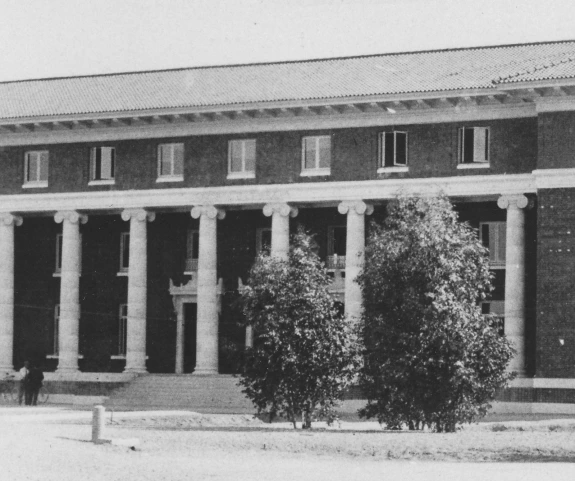
Our History
Founded in agriculture, rooted in life.
The Morrill Act and Land-grant Universities
Enacted in the middle of a devastating civil war, the Morrill Act of 1862 launched the then-revolutionary concept of public education. It was informed by the Industrial Revolution, changing social class structures and the need for a highly educated population to position the United States within an emerging global economy.
During the end of the Reconstruction Era, the Second Morrill Act of 1890 was enacted in the southeast to afford Black students access to higher education – many of which are public Historically Black Colleges and Universities still in service today – and in 1994, land-grant status was extended to Native American Tribal Colleges and Universities.
At its core, the land-grant mission and the Morrill Act sought to democratize educational access and economic opportunity. For the first time, anyone could attain higher education, regardless of family wealth, political connections or other privilege. This ideal was compromised by the mechanism through which these universities were funded and established: the dispossession of Indigenous lands. We cannot present a history of our college without acknowledging both the ideals of the Morrill Act and the reality of its implementation.
We respectfully acknowledge the University of Arizona is on the land and territories of Indigenous peoples. Today, Arizona is home to 22 federally recognized tribes, with Tucson being home to the O'odham and the Yaqui. The university strives to build sustainable relationships with sovereign Native Nations and Indigenous communities through education offerings, partnerships, and community service.
The three pillars of the land-grant promise
The University of Arizona was established in 1885 and while the Morrill Act established land-grant universities' educational role, federal legislators recognized that agricultural research was also essential to supporting emerging economies. The Hatch Act of 1887 provided funding for each state to establish agricultural experiment stations to address America’s need for a publicly-funded and interconnected national network of research resources. That same year, the University of Arizona hired its first employee, Frank Gulley, who was appointed professor of agriculture and Director of the Experiment Station.
In 1890, the university opened its doors and we were the first academic unit to welcome students to our campus—providing courses in soil science, chemistry, zoology, horticulture, botany, irrigation, and agricultural law.
The third pillar of our land-grant responsibility was established through the Smith-Lever Act of 1914, recognizing that land-grant universities' research and educational opportunity must extend to and be in conversation with the communities they serve. The Cooperative Extension System was born to bring the science of the university to the people and ensure land-grant universities' research and teaching agendas directly serve the public good.
These three pillars – education, research, and outreach or extension – comprise what is colloquially referred to as the Land-grant Division, or formally the Division of Agriculture, Life and Veterinary Science and Cooperative Extension (ALVSCE), at the University of Arizona.
Our roots run deep
Throughout our history, CALES and the Land-grant Division have evolved to meet the ever-changing needs of our students, communities, and economies. From our humble beginnings, we have grown to encompass 21 undergraduate majors and more than 30 graduate programs across five schools and five departments. Today, our Arizona Experiment Station provides best-in-class infrastructural support through 11 STEM innovation hubs across the state and we have Cooperative Extension offices in all 15 Arizona counties and serve 22 Federally-Recognized Tribes.
Our research helped identify the role of fluoride in dental health in 1930 and predict COVID-19 mortality in 2021. We revolutionized the long-staple cotton industry in 1952 and eradicated the pink bollworm from the United States and Mexico in 2018. We established the first plant molecular biology laboratory in the world in 1960 and led an international team in mapping the genome of rice in 2004.
We remain committed to the ideals of our founding land-grant mission: to produce employable graduates, to advance purpose-driven science, and to work alongside communities to improve lives and livelihoods. Simply put, our historic role is to create new people and new knowledge for a new economy. This is as relevant today as it was in 1862.
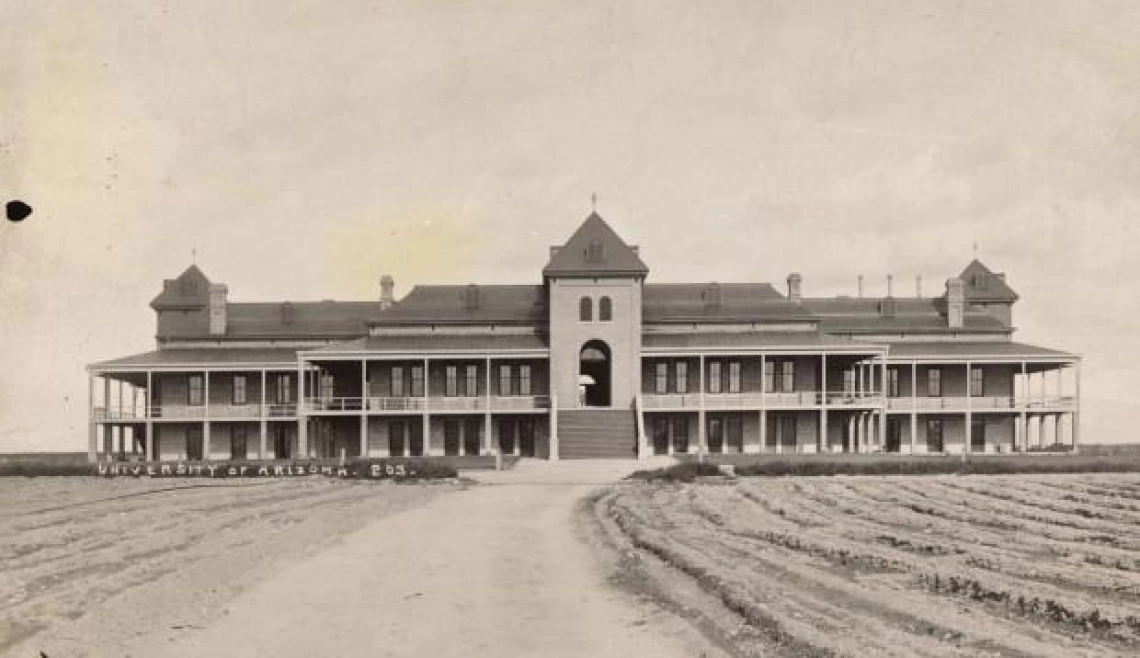
1885
The College of Agriculture, Life and Environmental Sciences is established as UA's first academic unit.
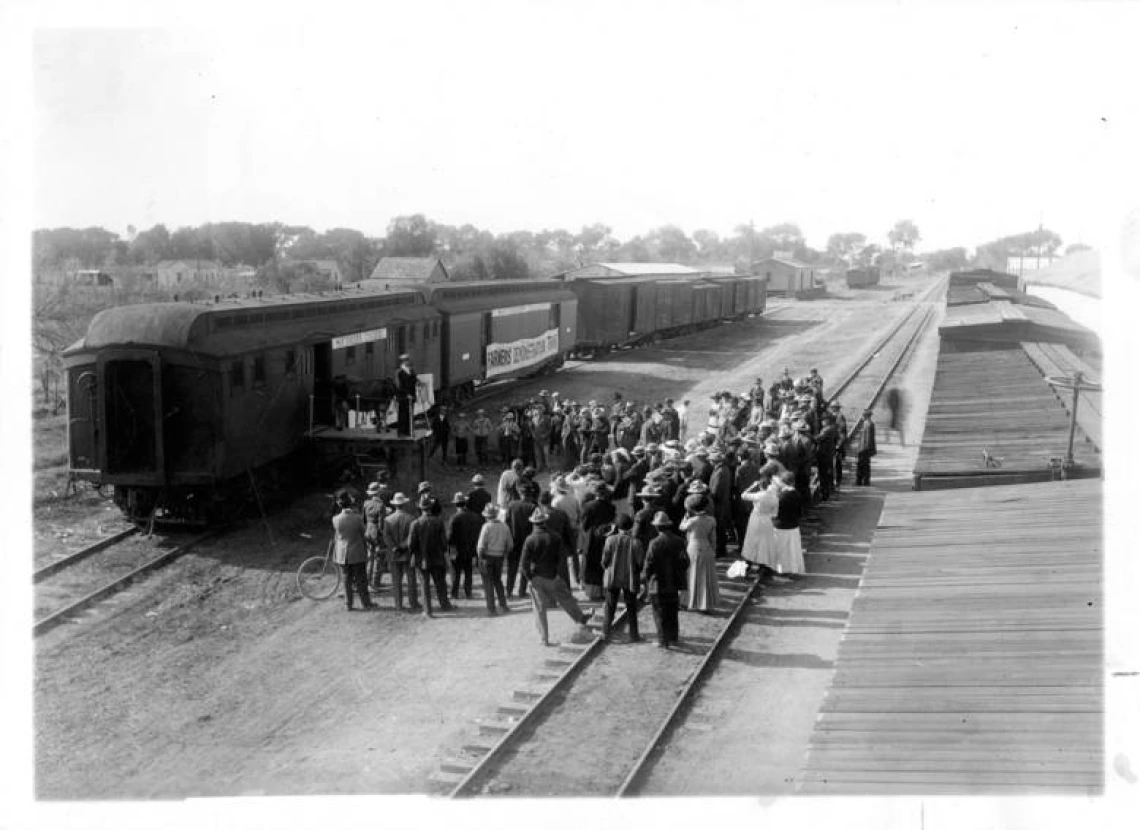
1887
The Hatch Act requires land-grant universities to share their research through an Experiment Station.
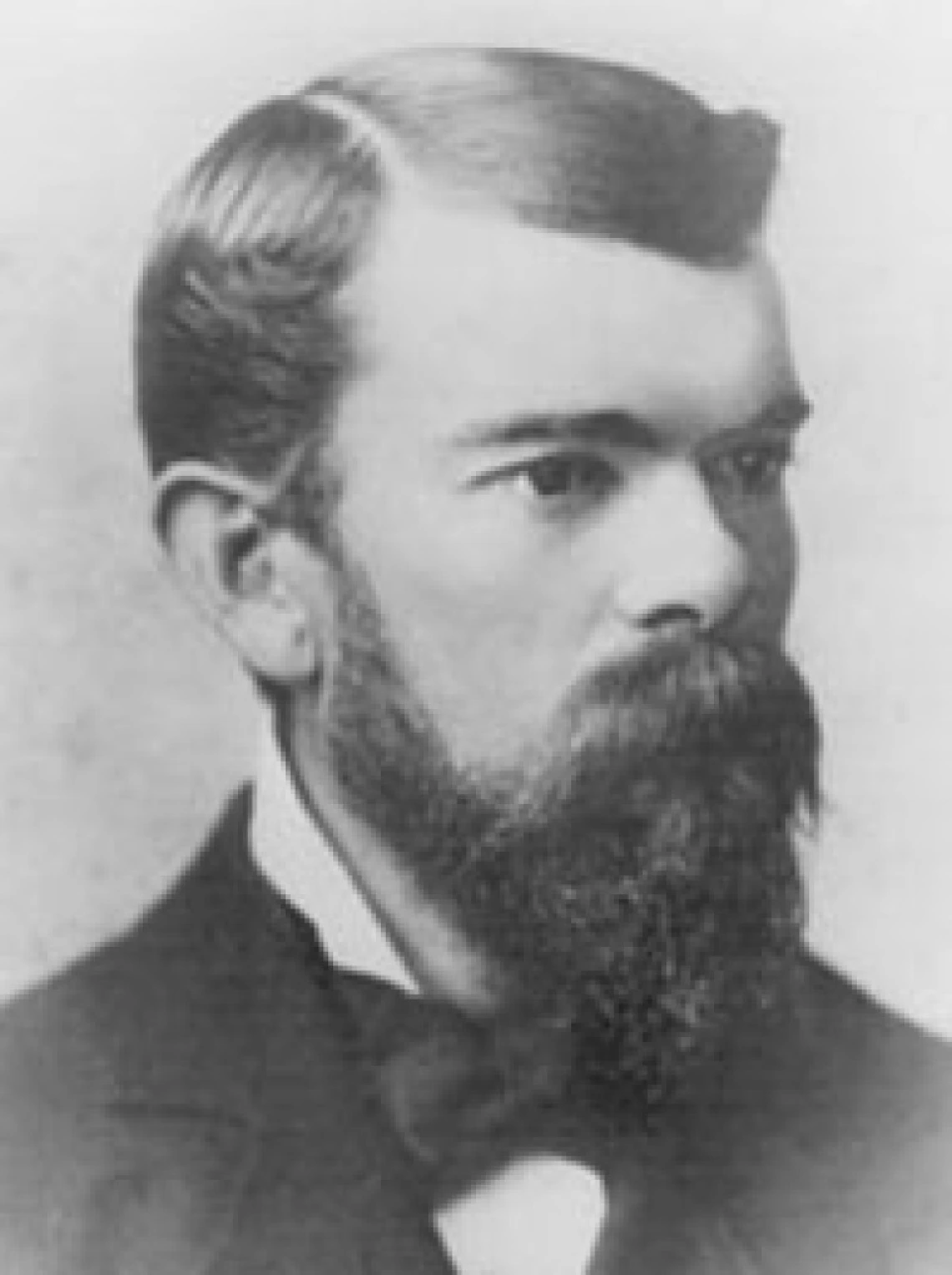
1890
The university hires its first employee, Frank Gulley, who was appointed professor of agriculture and Director of the Experiment Station.

1898
Domestic Science course of study opened to students. Both the Norton School of Human Ecology and the School of Nutritional Sciences & Wellness sprouted from this program.
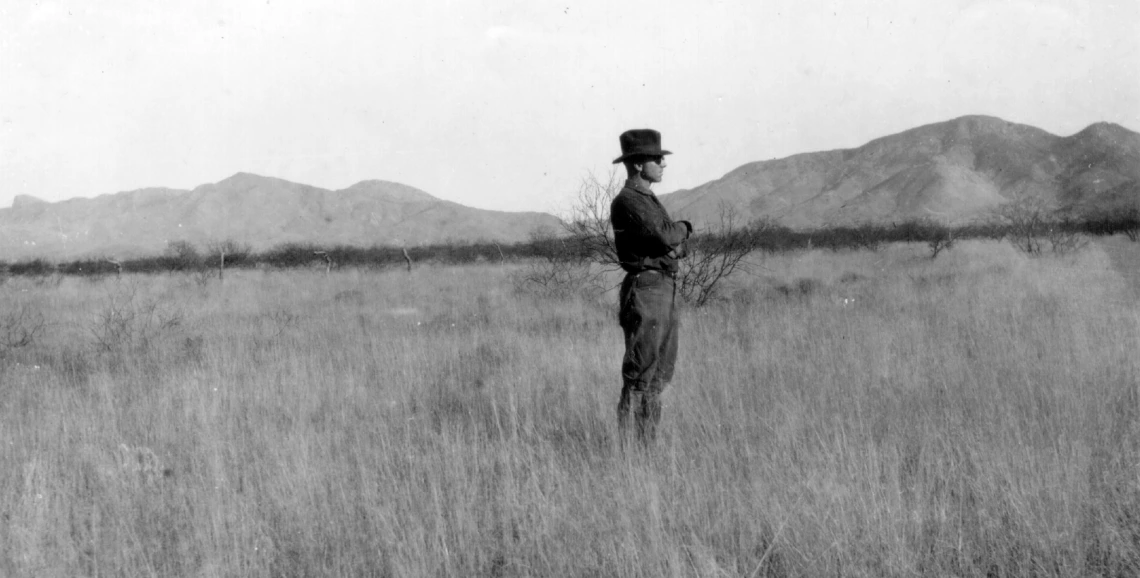
1903
The Santa Rita Experimental Range, part of the Arizona Experiment Station, is founded to examine ecological interactions of livestock grazing and rangeland studies.

1914
Smith-Lever Act is passed and University of Arizona Cooperative Extension is created.
Want to learn more?
Scientific communication is a founding tenant of our role as the standard-bearer for the University of Arizona's land-grant ideal. You can read more about our history and scientific contributions in the 1985 publication College of Agriculture: A Century of Discovery, which is made available through the University of Arizona's Campus Repository.
